What’s a Banneton?
Bannetons help assist with dough shaping during the stage of proofing. Once dough has been mixed, it is commonly left to prove in a banneton. During this process, the dough expands and a skin develops. This formed skin provides a hard crust that we all know and love. A banneton will help draw out the surface layer water, thus enhancing the crust.
Using your banneton for the first time
It’s generally best to condition the banneton for first use. By applying an even layer of flour, you’ll ensure your dough can be extracted easily. The flour minimises dough sticking. Be sure to add a flour coating to the main surface area and inside any grooves. Gently rub the flour in with your hands.
Be careful not to over-flour the banneton. Too much flour will fill in any decorative impressions and reduce the visual appeal of your final loaf.
Additionally, you could fine mist a new banneton lightly before applying the first layer of flour. Keep water at a minimum though to avoid a stodgy, sticky mess!
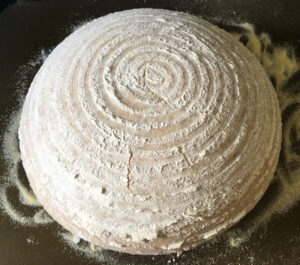
Continuous Use
We’d advise repeating this flouring process regularly.
When proofing your dough, cover the exposed top with a dampened linen. This will stop the underside from drying out too much. Additionally, you could add another light sprinkling of flour.
Don’t
Never bake or cook with the banneton. Bannetons are used for preparation and are not intended to support your bread as it bakes.
What flour should I coat my banneton with?
Rye flour is a common choice. This flour draws water well from the dough contact surface. You could also opt for rice flour or semolina flour.
What is the ideal environment for proofing dough with a banneton?
Place the banneton, and it’s contents, where there are no drafts. Harsh air conditions will encourage uneven drying of the dough. We don’t want this.
Generally aim for a heat range of 8 °C — 18 °C. A proofing device would be ideal to control the temperature range.
The longer dough is left to ferment and proof, the stronger the taste of the final bread. Taste is a personal preference, so record and experiment with timings. For more information on proofing check out this guide.
Maintaining a Banneton
It should not be necessary to wash a cane, wicker, or fibre banneton. Introducing too much moisture is a sure way to help encourage the growth of bacteria and mould.
Between use, place a banneton in the sunshine to dry. Additionally, use a bristled brush to clean away excess and keep the surfaces free from any debris. Aim to keep the banneton as dry as possible.
Types of Banneton
Materials
Bannetons come in a range of material types. These may include:
These modern silicone and plastic types can usually be washed in a dishwasher.
Shapes
Banneton forms can include:
- Round bannetons
- Oval bannetons
- Rectangular bannetons
- Triangle bannetons
Additionally, bannetons can be cloth lined. Not all types are lined.
Where can I buy a Banneton?
We stock and sell a range of bannetons here. All products we sell are shipped from the UK.

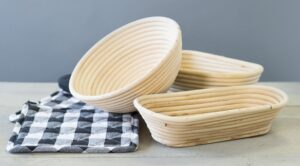
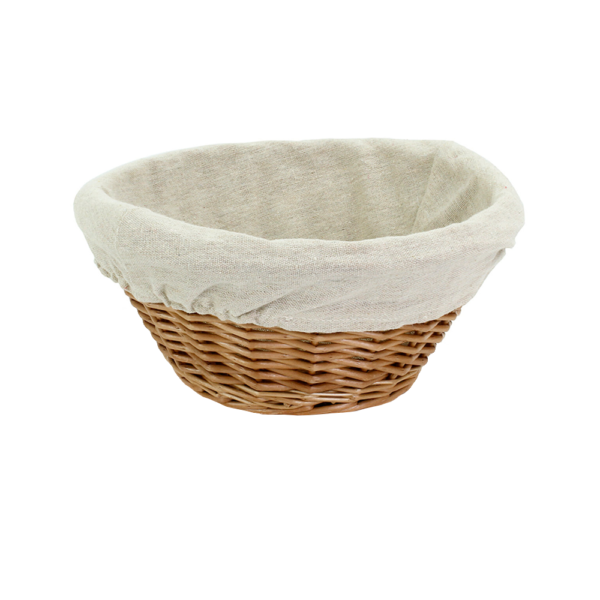
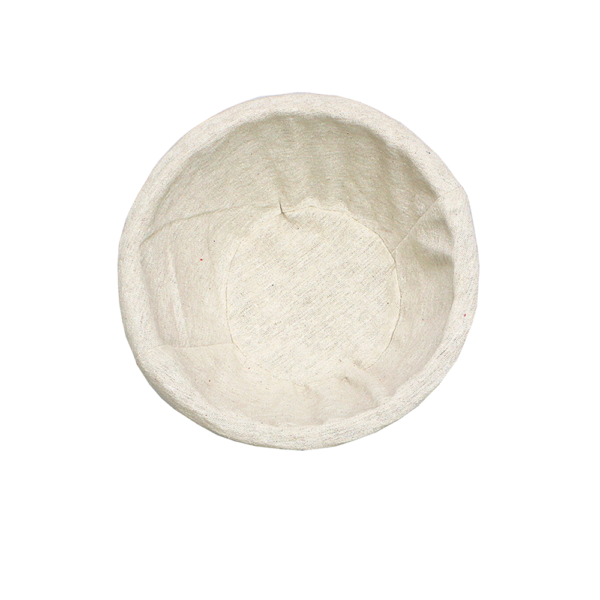
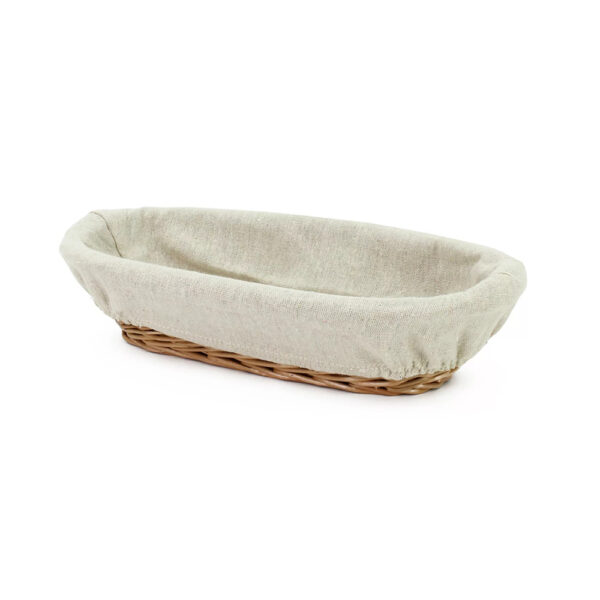
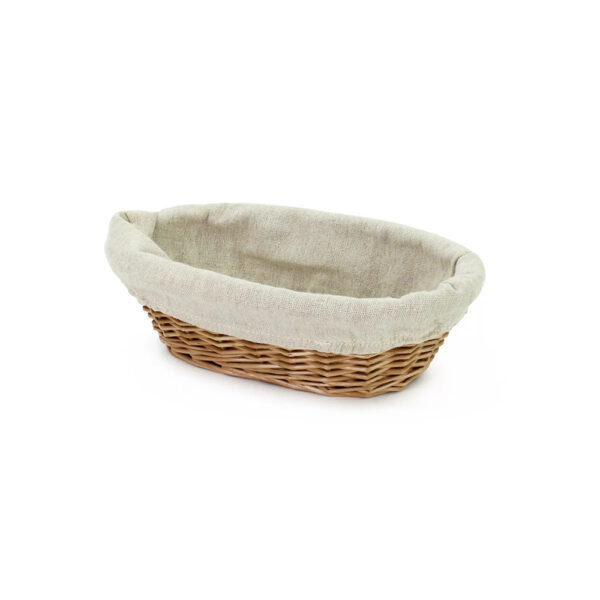
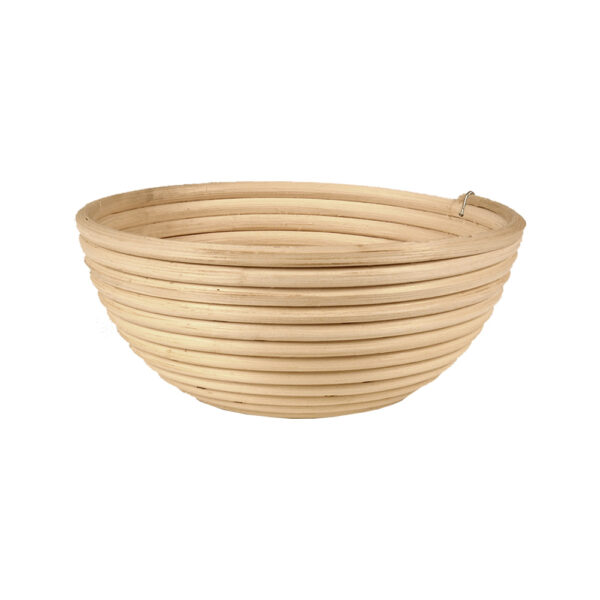
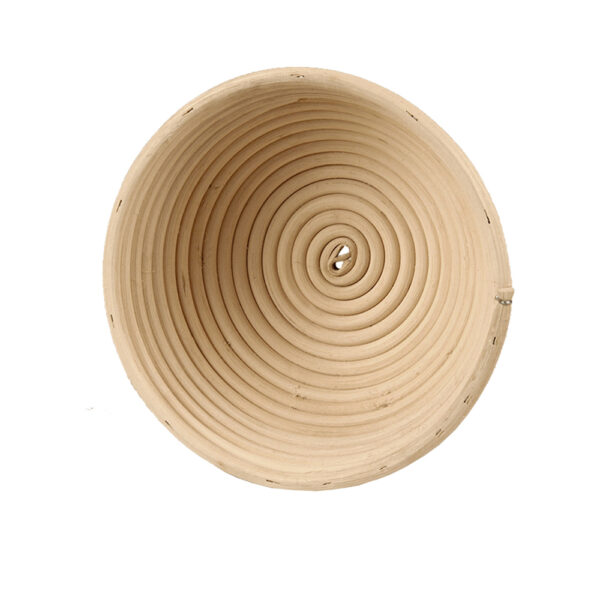
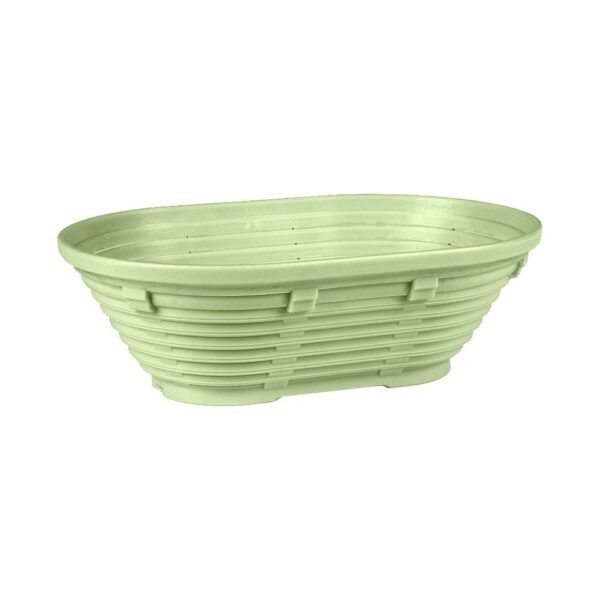
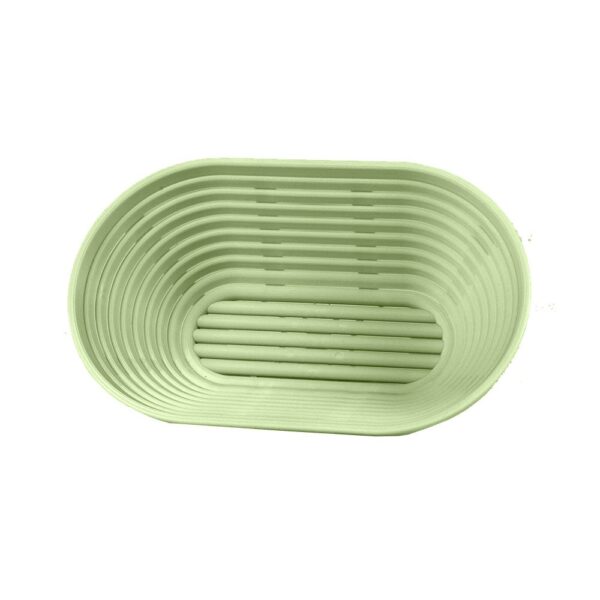

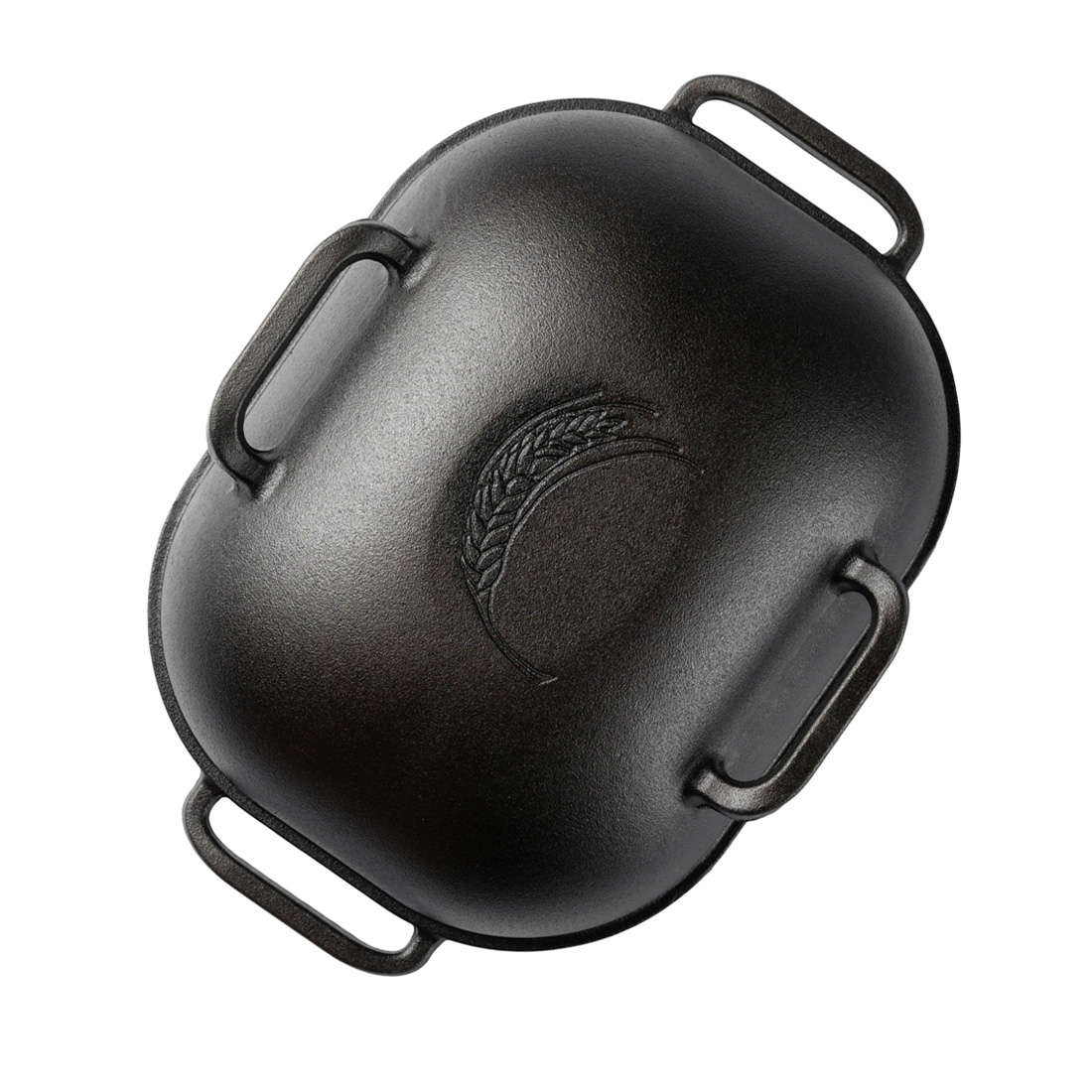 Challenger Bread Pan
Challenger Bread Pan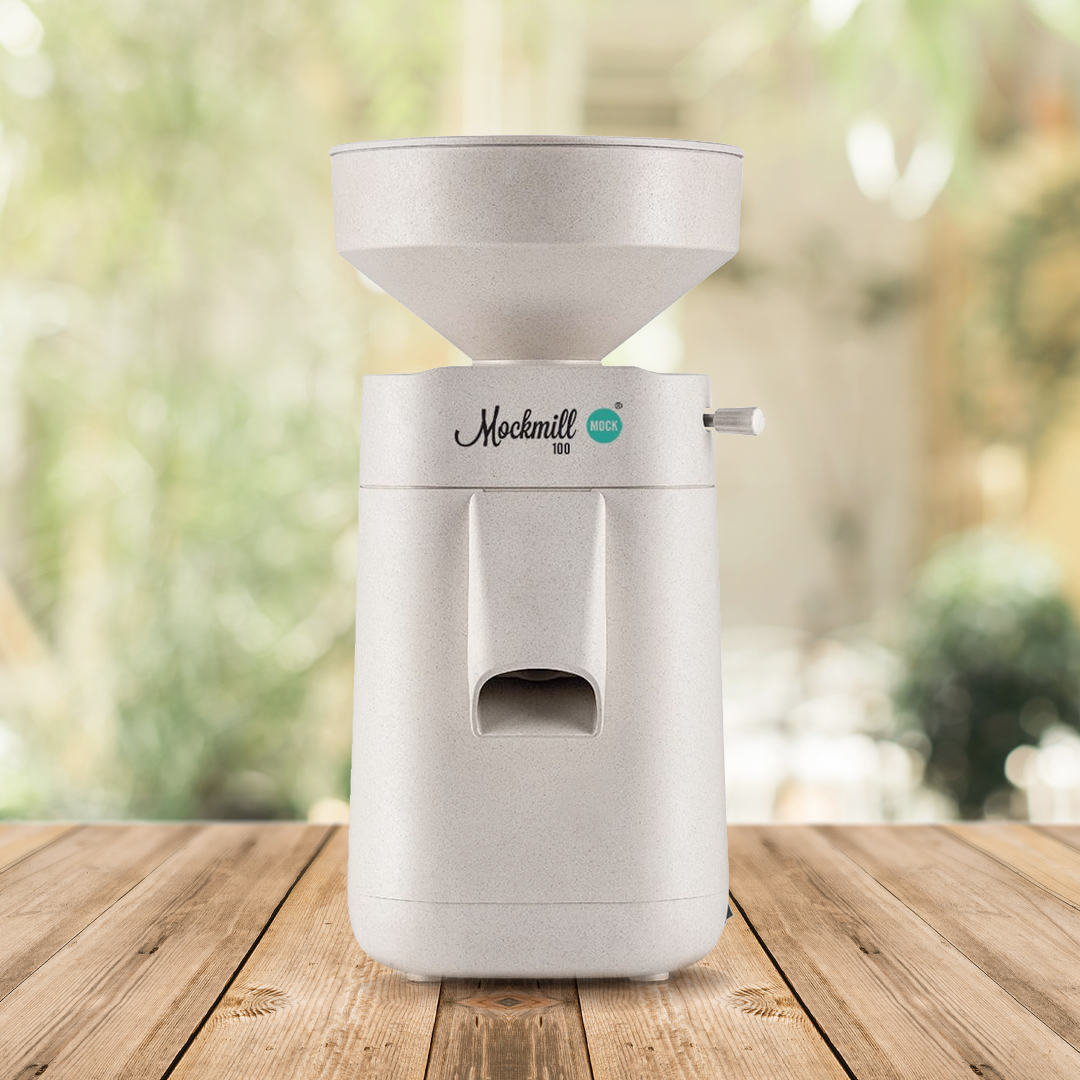 Mockmill 100 Grain Mill
Mockmill 100 Grain Mill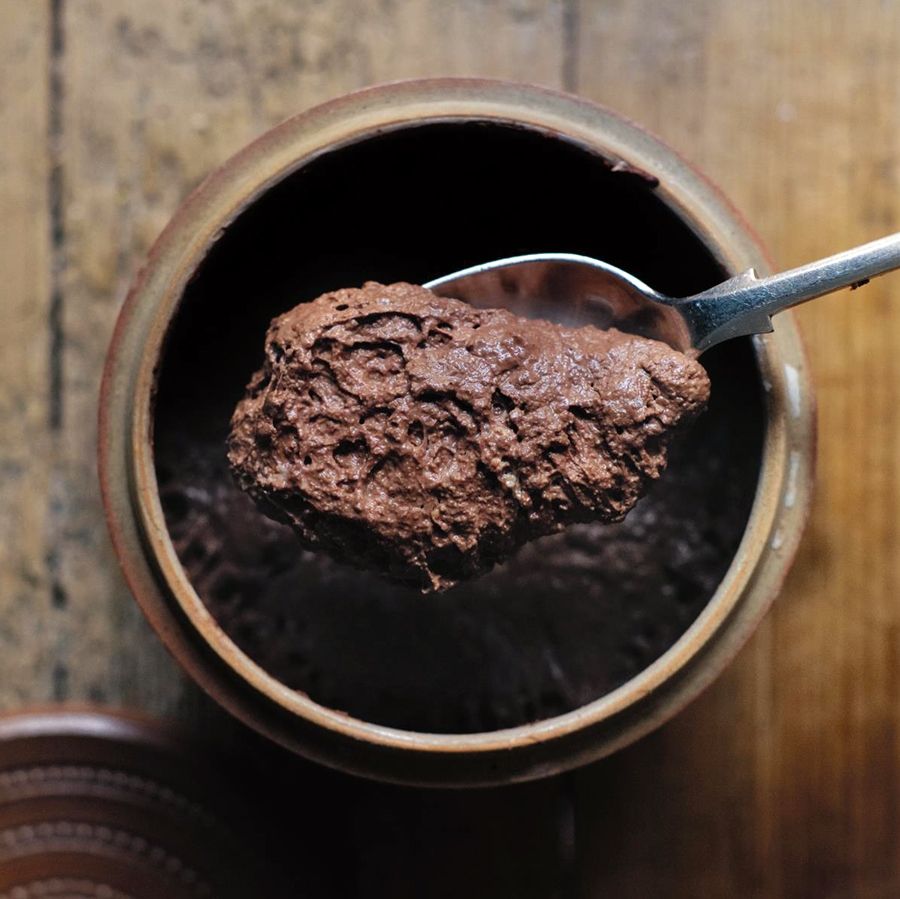 Chocolate Sourdough Starter Kit
Chocolate Sourdough Starter Kit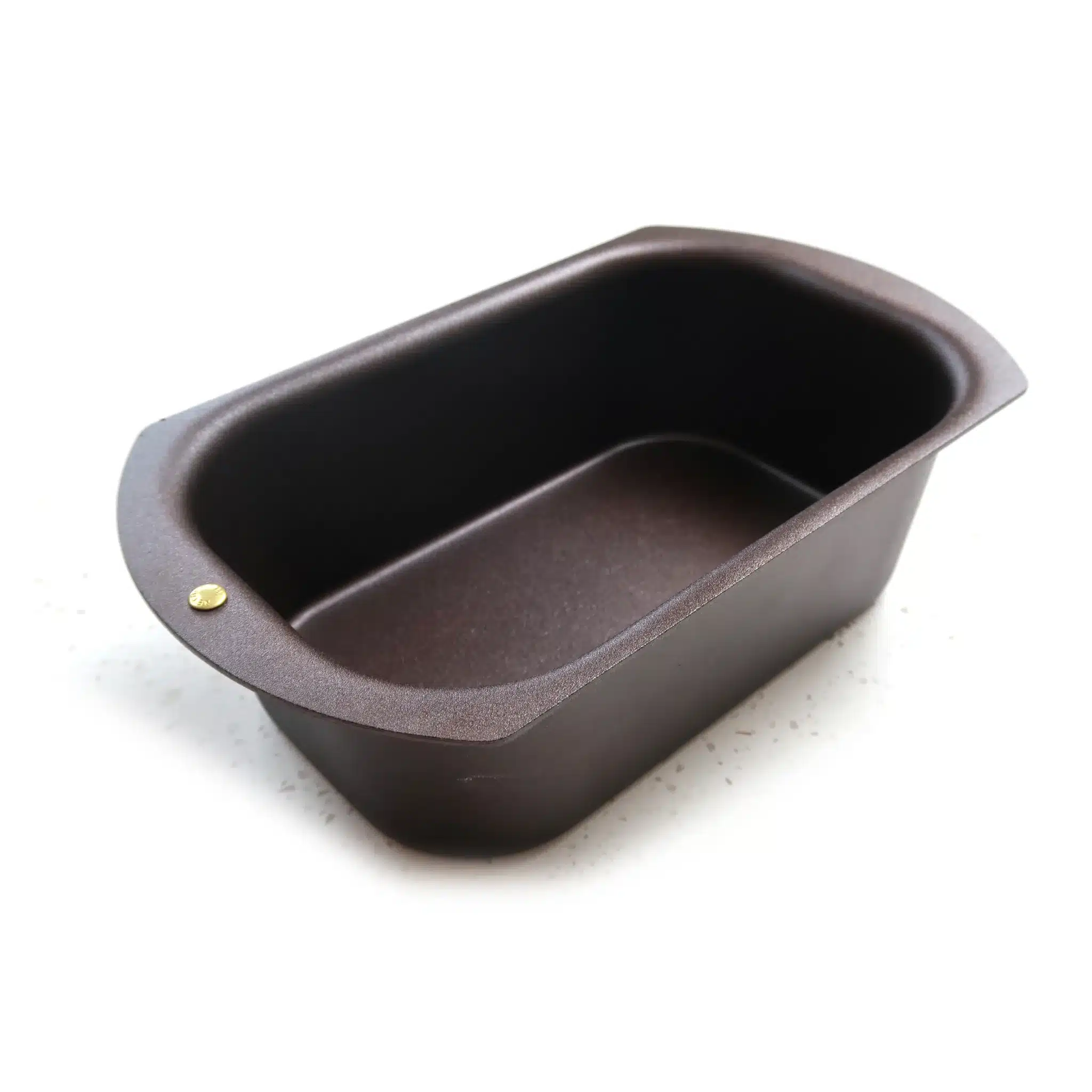 Netherton Foundry Iron Bread Tin
Netherton Foundry Iron Bread Tin
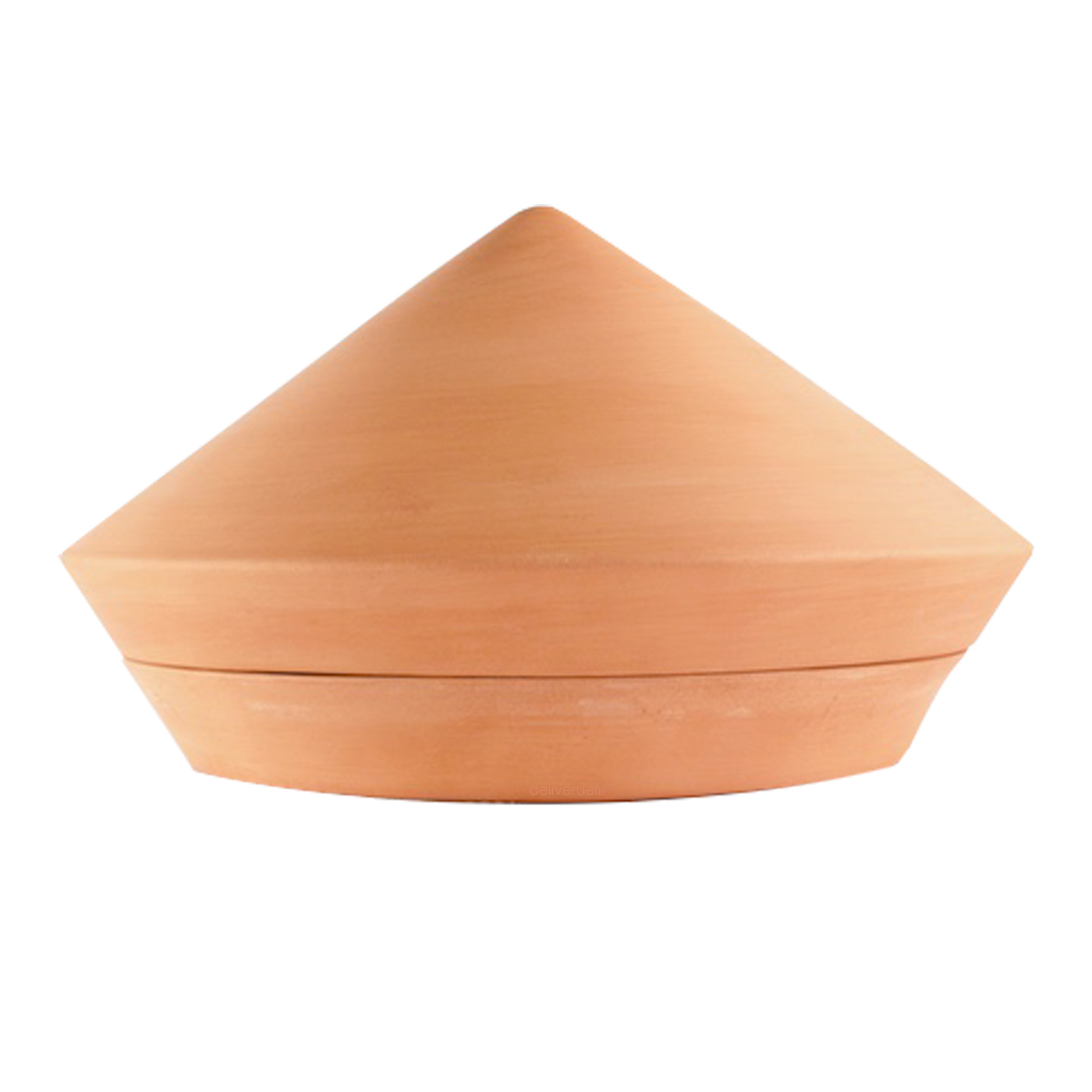 The Spring Oven Bread Pan
The Spring Oven Bread Pan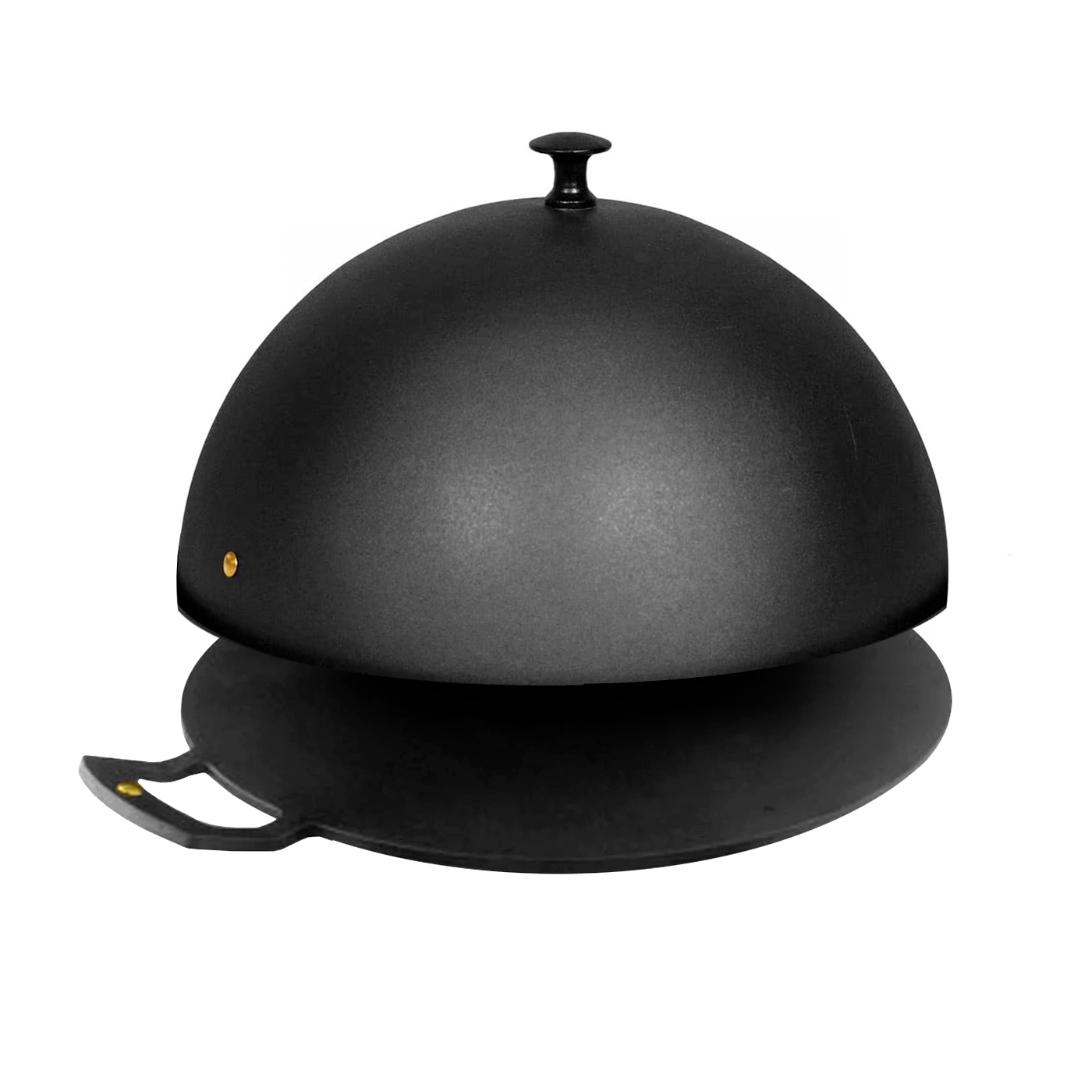 Netherton Foundry Bread Pan
Netherton Foundry Bread Pan
Leave a Reply